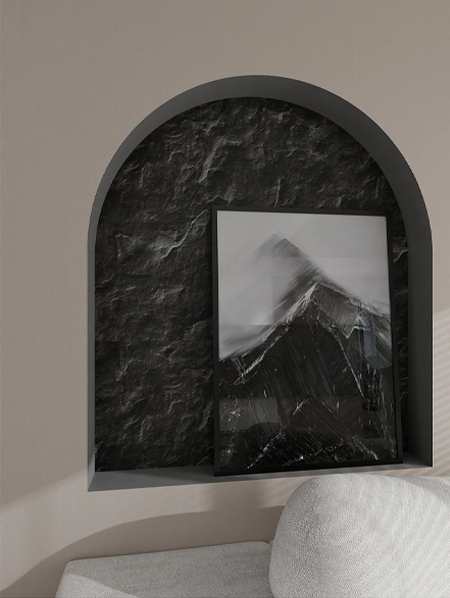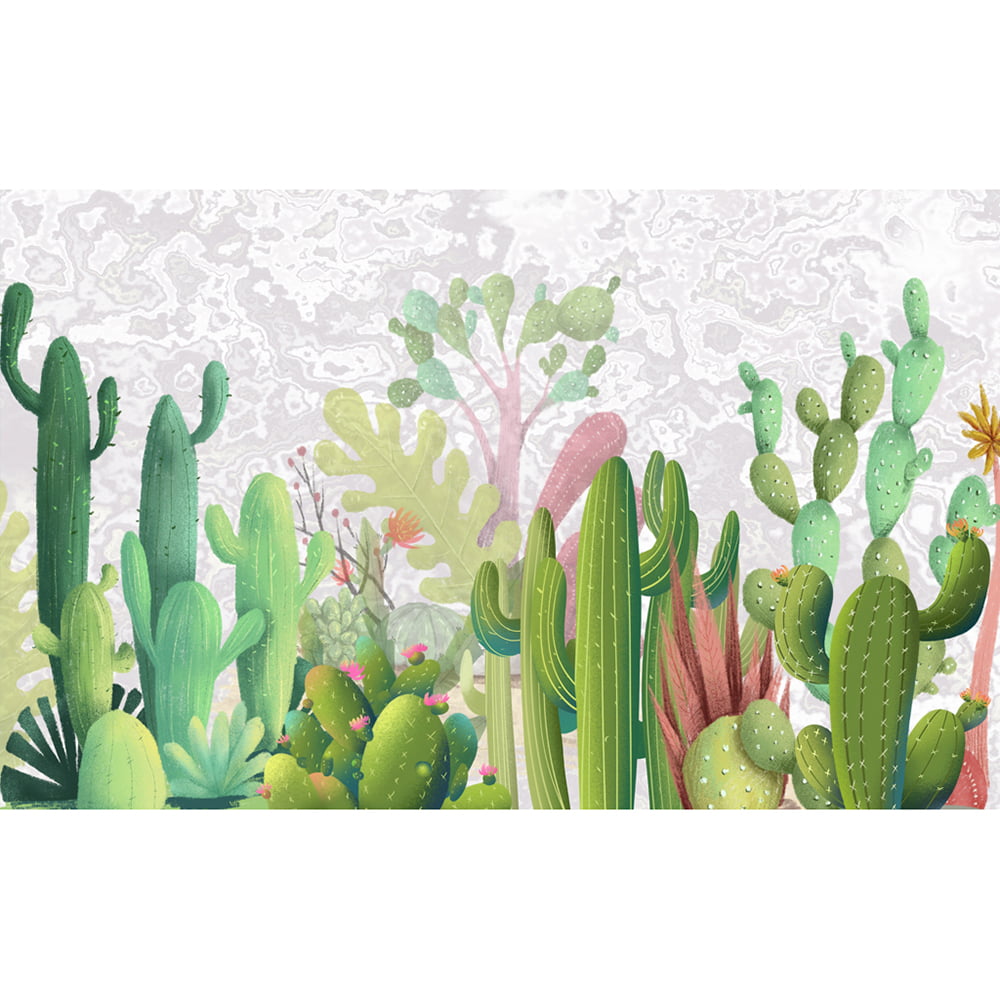
Our team is proud to offer on time guarantee and product guarantee to customer satisfaction.
Read More

In the world of interior design, wall coverings play a significant role in setting the tone, mood, and personality of a space. Among the most popular choices are digital print decorative papers and traditional wallpaper. Both serve the same functional purpose—beautifying walls—but they differ significantly in terms of technology, customization, design flexibility, durability, and environmental impact. Choosing between the two depends on a variety of factors, including your aesthetic goals, budget, and sustainability concerns. This article compares both options to help you determine which is better suited to your needs.
1. Design and Customization
Digital print decorative papers stand out when it comes to customization. These papers are printed using advanced digital technology that allows for personalized designs, colors, and patterns. Whether you want to replicate a famous artwork, print a family portrait, or showcase a company logo on a feature wall, digital printing offers almost limitless design flexibility. The resolution is high, often photorealistic, and gradients or fine details are preserved beautifully.
In contrast, traditional wallpaper designs are typically pre-manufactured in bulk, limiting your options to what’s available in catalogs or stores. While the variety can be vast—ranging from floral to geometric to vintage styles—it lacks the personal touch that digital printing can deliver.
Verdict: For unique, customized designs, digital print decorative papers clearly take the lead.
2. Material and Texture Variety
Traditional wallpapers are known for their rich textures. Options like vinyl-coated, embossed, grasscloth, and textile wallpapers provide depth and tactile sensation. These can add an extra layer of sophistication and luxury to any room, especially in formal settings such as dining rooms, offices, or hotels.
Digital print decorative papers, while highly visual, may offer fewer options in terms of texture unless combined with specialty materials or post-print treatments. Some advanced digital printing providers now print on textured substrates or add protective coatings, but these are usually premium options.
Verdict: Traditional wallpaper wins in the texture department, especially for those seeking tactile richness.
3. Installation and Removal
Digital print decorative papers are often printed on peel-and-stick or self-adhesive materials, making installation far easier and more accessible. Many of these are repositionable and require no glue or paste. This ease of use appeals to DIY enthusiasts and renters who might need temporary solutions. Removal is also typically cleaner and less likely to damage the wall.
On the other hand, traditional wallpapers usually require professional installation. Applying paste, aligning patterns, and smoothing out bubbles takes skill and patience. Removal can be time-consuming and messy, especially if the wallpaper was applied with strong adhesive or has been on the wall for a long time.
Verdict: Digital print decorative papers offer more convenience and flexibility in installation and removal.
4. Durability and Maintenance
Traditional wallpaper—especially high-end vinyl or fabric-backed varieties—is generally more durable and suitable for high-traffic areas or humid environments like kitchens and bathrooms. It can resist scuff marks, moisture, and fading if properly maintained.
Digital print decorative papers vary widely in durability depending on the ink, substrate, and coating used. High-quality options with UV-resistant ink and waterproof laminates can perform well over time. However, low-cost versions may fade or peel more quickly.
Verdict: Traditional wallpaper has a longer track record of durability, especially in demanding environments.
5. Cost and Budget Flexibility
Digital printing can be more expensive on a per-square-meter basis, especially when creating custom designs or using high-quality materials. However, the ease of installation can offset costs by reducing labor expenses. For small areas or feature walls, digital prints can be cost-effective and impactful.
Traditional wallpaper offers a broad price range, from budget-friendly rolls to luxury hand-printed designs. It becomes more economical for large-scale applications but may incur higher installation costs.
Verdict: It depends. For custom, small-scale applications, digital print may be more budget-friendly. For large spaces, traditional wallpaper can offer better value.
6. Environmental Considerations
Digital print decorative papers, particularly those made with water-based inks and eco-friendly substrates, are increasingly being marketed as sustainable options. On-demand printing also reduces waste, as there’s no need for large stock inventories.
Traditional wallpapers vary in their environmental impact. Many contain PVC or synthetic coatings that are not biodegradable. However, there are also eco-friendly traditional wallpapers made with recycled paper and natural dyes.
Verdict: Digital print decorative papers have the edge in sustainability, especially with green-certified materials and modern eco-inks.
There’s no one-size-fits-all answer to whether digital print decorative papers or traditional wallpaper is better—it truly depends on your needs. If you’re seeking personalized, easy-to-install, and eco-conscious wall decor, digital prints are the clear choice. However, if your priority is textured luxury, durability, and classic style, traditional wallpaper may be more suitable.
In many cases, combining both can offer the best of both worlds—for example, using digital prints for a feature wall and traditional wallpaper for surrounding areas. Whichever you choose, both options offer exciting opportunities to transform your space into something truly special.

We focus on environmentally friendly, healthy, and fashionable home decoration, making your living space shine with unique charm.
Copyright © Hangzhou Xinyue Decorative Materials Co., Ltd. All rights reserved.
Custom Decorative Papers Manufacturers
 English
English русский
русский عربى
عربى